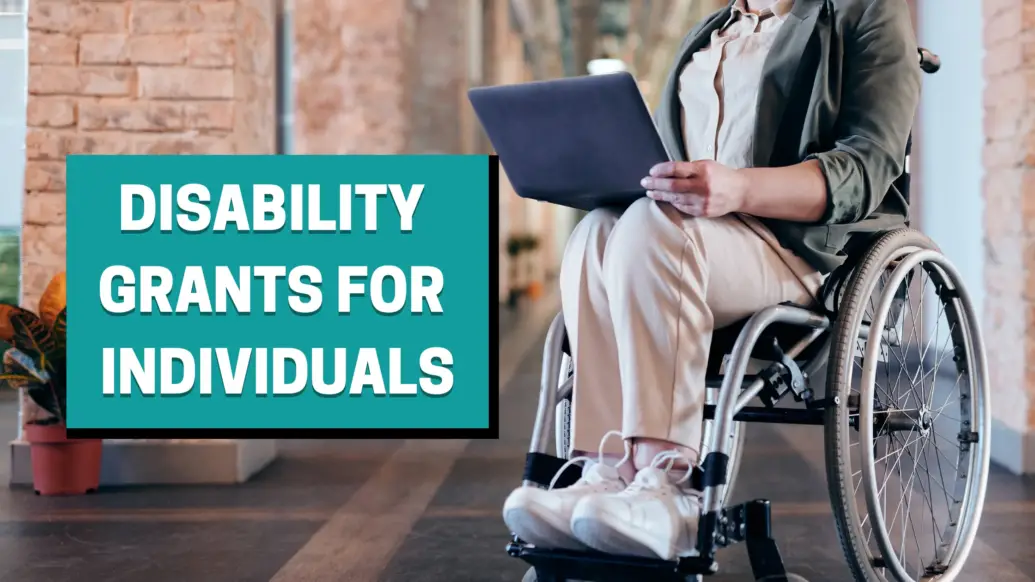- Home
- Money & Finance
Heating Grants for the Disabled
With the challenges that disabled people face, the government often provides assistance in the form of grants. These grants can be used for various purposes, including relief or rehabilitation. However, the US government does not offer specific heating grants for the disabled. Instead, there are several heating grants available to the general public that can help with the cost of heating homes.
Energy use from heating systems contributes significantly to rising utility costs during the winter. Homeowners could benefit from public heating grant programs that lower the expense of heating their residences. Programs established by the state and federal governments help families unable to finance proper heating. Other initiatives take advantage of the government’s goal to decrease reliance on conventional energy supplies for financial and environmental purposes.

Fuel Poverty in the US
Even a slight rise in energy prices can have a massive effect on low-income families’ precarious economic stability. Think about the fact that before the pandemic, over 37 million households were “cost-burdened.” This is a term used by the federal government to describe people who paid a significant portion of their earnings on accommodation.
The average power load for low-income families is 8.6%, based on the US Department of Energy. Compared to non-low-income households, where that figure is only about 3%. This is still three times greater.
There are obvious social and racial gaps, and the increasing housing price and energy affect countless American households. Families with low incomes are disproportionately impacted by rising housing and energy costs. In addition, black and Hispanic families are more severely affected than white households.
The economic effect entails that these families must choose between maintaining the lights on or providing for their kids. In addition, these households might be subject to relocation, eviction, or homelessness due to any income loss or interruption. The entire foundation of our communities is threatened by the precarious and unstable condition our country is currently in.
A Public Policy Solution
Addressing America’s power deprivation and residential equity challenges requires creative public policy solutions. Furthermore, we can take key steps to spend significantly on America’s housing infrastructure. This can be done by developing scalable solutions. As a result, this will increase the energy efficiency of our homes and lower their cost.
New initiatives could help with basic scheme retrofits for energy efficiency, weatherization and proper insulation of buildings. This can cut energy bills, connect directly to energy-efficient innovation for remote communities, and promotion of solar energy solutions. Also, this can be done to increase direct exposure to substituting energy sources. To lower the cost of sustainable power, the federal government and the states must significantly engage in it and provide incentives.
Heating Grant Programmes
Among the several heating grant schemes, a few are described below:
LIHEAP
A federally sponsored heating grant program, LIHEAP (Low Income Home Energy Assistance Program), was created for this task. The purpose is to assist low-income households and the disabled with warming expenses. The US Department of Health and Human Services manages the program. They received $5.1 billion in federal funding in 2010.
All fifty states and the District of Columbia get federal funding. More importantly, your family’s earnings must be at most a hundred and fifty per cent of the poverty threshold or 60% of the median household income in your region to qualify for LIHEAP assistance.
Charitable Grants
Parallel to LIHEAP, a number of non-governmental, nonprofit organizations may offer heating aid around the United States. Charitable groups aim to assist families that need to earn better with their home heating requirements. They can be found in Florida, Michigan, North Carolina, Colorado, Missouri, New York, Maryland, Wisconsin, Pennsylvania, New Jersey, Oregon, Minnesota, and Connecticut.
Check with your regional government or organizations that provide funding for heating assistance for additional information about programs in your area.

Solar Panels
Several grant programs are available to motivate homes to put solar panels warming and lessen their reliance on conventional energy sources. Offering power-efficient mortgage programs, the Federal Housing Administration and the Department of Veterans Affairs lower the cost for landowners. They do so by including the expense of solar panel construction in the loan. In addition, the IRS provides an individual tax deduction for home solar energy preservation.
Moreover, State governments can also approve solar energy programs. For example, the Solar Initiative of California provides rebates to households that install solar panels. First, a resident should buy power from Pacific Gas and Electric or Southern California Edison. Then, he must demonstrate that he has an area of land or rooftop that absorbs intense sunshine from 11 a.m. to 6 p.m. to be eligible.
Geothermal Heating Grant
A further energy-efficient warming option for households that can be eligible for financial assistance from the government is geothermal energy. It is important that central heating complies with the geothermal energy standards defined by the federal Energy Star program. If it does, then in 2008, Emergency Economic Stabilization Act may pay up to thirty per cent of the system’s expenditures.
The owner must produce documentation proving the installation cost and the timeframe in which it was finished. The grant is a tax credit for the year you submitted your incentive application.
How the Heating Grant be Helpful for You?
While the US government does not specifically cater to disabled persons, they offer a range of heating grants. These grants are different from each other and help in different ways. Mostly, these grants are for low-income households.
If you are a disabled person, you must click here to check out all the other grants provided by the US government!

